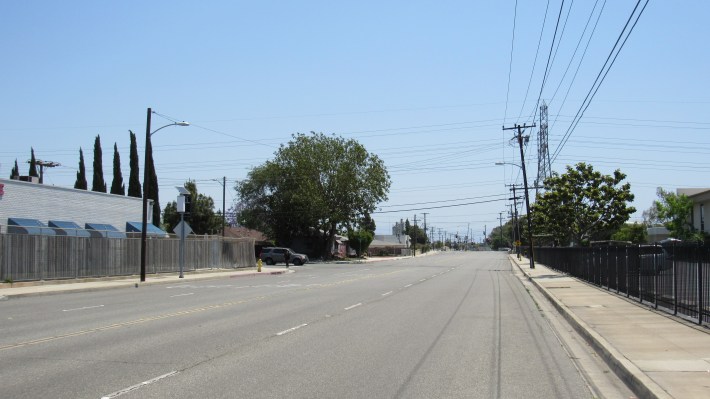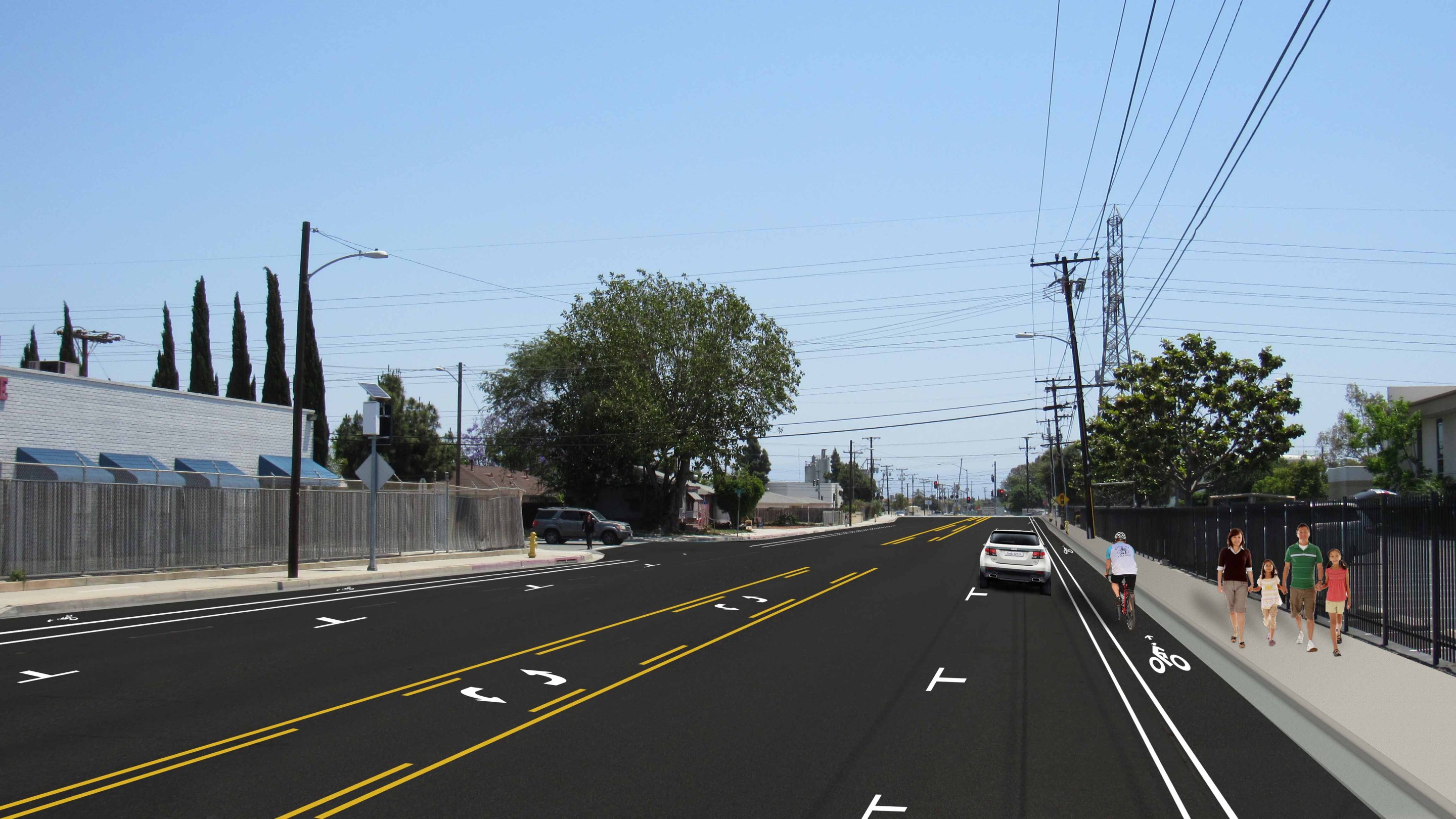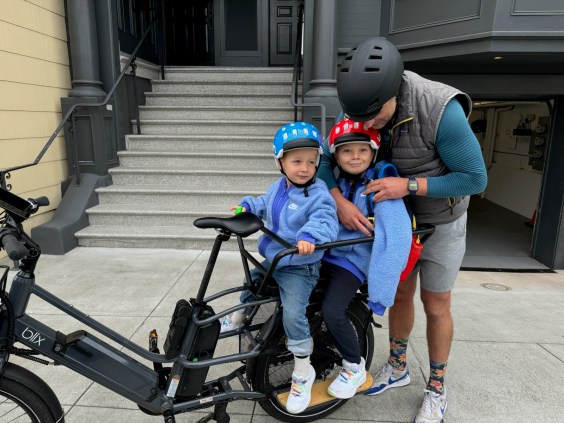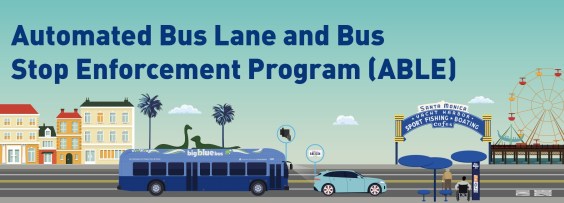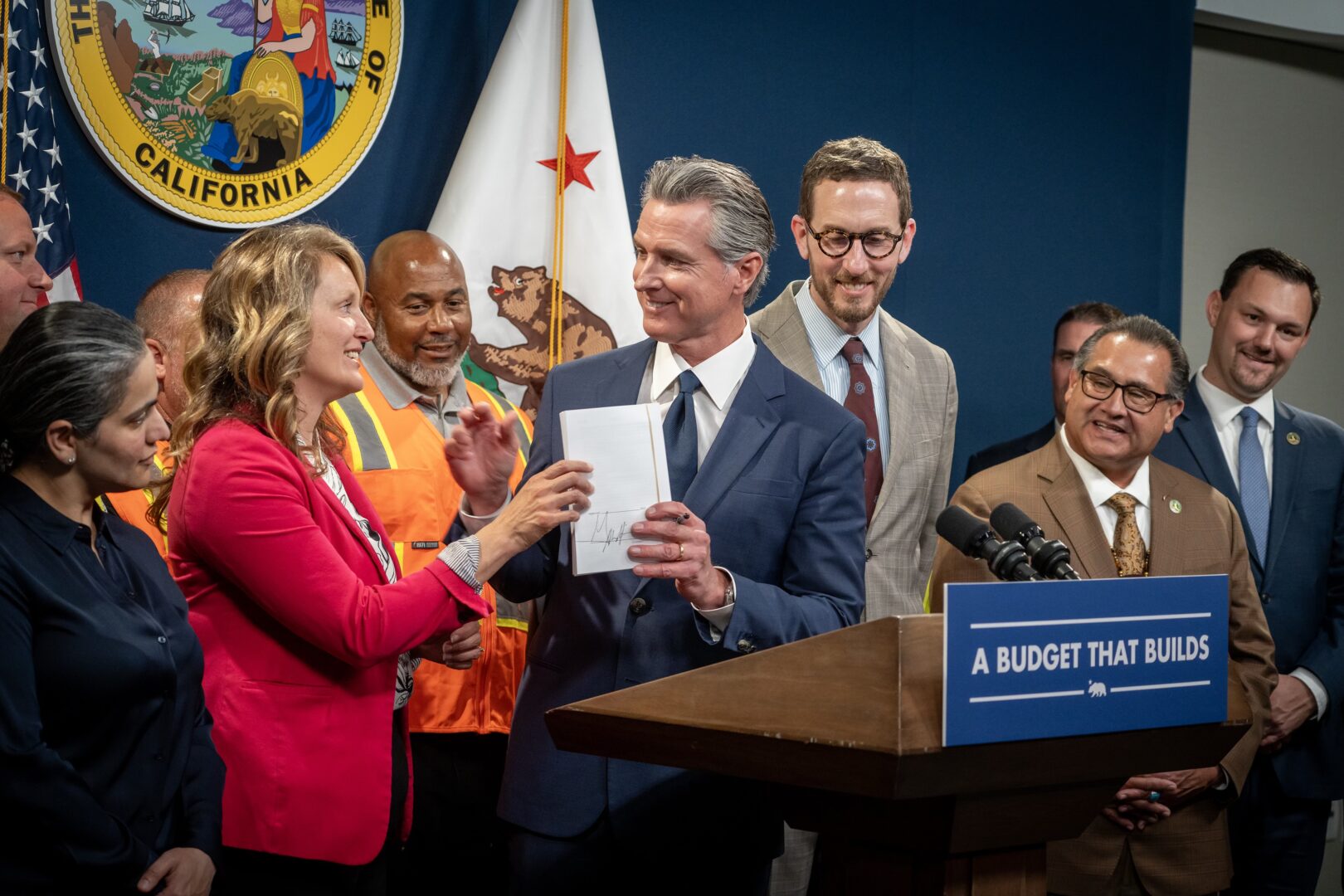Reduced traffic speeds and a progressive bicycle lane looks to be coming to North Orange County.
Last week in Westminster, Orange County officials presented a proposal to reduce travel lanes and add a parking-protected bike lane on a four-mile stretch of Hazard Avenue, which connects Garden Grove, Santa Ana, and Westminster. The majority of the $3.5 million project is expected to start construction in 2020, with one mile on the easternmost portion beginning construction in 2019.
The new configuration would reduce the mostly four-lane street to three lanes, with one lane in each direction, a middle turn lane, a striped bike lane adjacent to the curb, and parking on the outside as a buffer against car traffic. While a concrete curb, planters, and plastic bollards were considered as barriers, the three cities prefer using parking as a buffer because they were concerned about maintenance costs, said Edward Frondoso, a project manager with OC Public Works, the lead agency with the project.
This project has been in the works for many years, but has gained momentum recently. In 2013, the Hazard Avenue corridor was included in a study of regional bike connections by Orange County Transportation Authority (OCTA). Hazard is a roughly four-mile portion of a regional corridor stretching over eleven miles between Seal Beach and Santa Ana. In 2017, the county partnered with Southern California Associations of Governments’ (SCAG) Go Human campaign on a pop-up demonstration of a protected bike lane on Hazard Avenue, and last year the county held community workshops to gather feedback on the project and answer questions from residents.
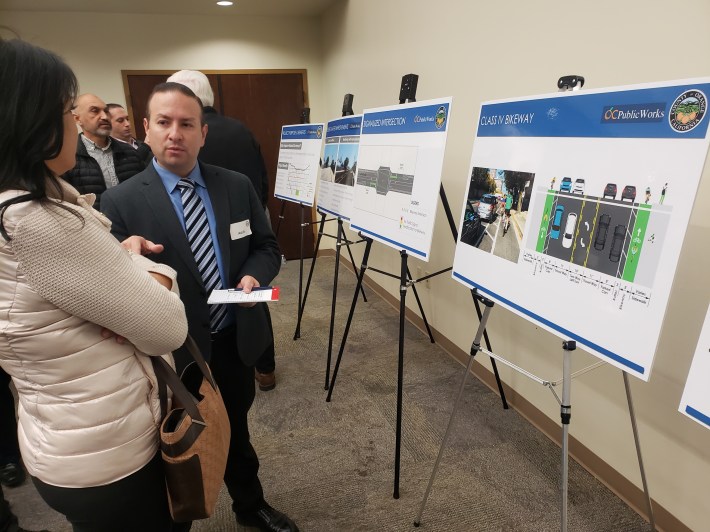
The project seems to be progressing but still has some hurdles to overcome. It was awarded full funding through the state's Active Transportation Program in 2017, and has received letters of support from Santa Ana and Garden Grove. But Westminster, where more than half of the project area is located, has yet to submit a letter of support, and a letter is needed for the project to move forward.
The project has become a signal of a wave of change happening in the county, said Nathan Wheadon, spokesperson for OC Public Works. Officials are beginning to see that it is useless to keep widening streets and freeways — eh, not really — so "our focus now is to make the existing streets we have work better," said Wheadon.
More than thirty people came out to last week's community workshop at the Westminster Chamber of Commerce.
Multiple residents claimed that the project would increase congestion, and others mocked the idea that kids would ever ride their bikes to school.
Yet there were also residents that were excited about the project. Thirteen-year-old Ivan Manzo, a Santa Ana resident, said that he supported the bike lane because he felt it could also be a space for skateboarders. "If it's a lane big enough for bicyclists, it can also encourage skateboarders to go out and use it," Manzo said.
Tim Troung, a Garden Grove resident, was not shy about his support. "I really love this project," said Troung. He lives on Hazard and has witnessed collisions almost every other month on the street. He has seen mostly car-on-car crashes from motorists doing U-turns in the middle of the street or speeding and rear-ending other drivers. What he wanted most to know from staff was how the project will reduce car speed.
